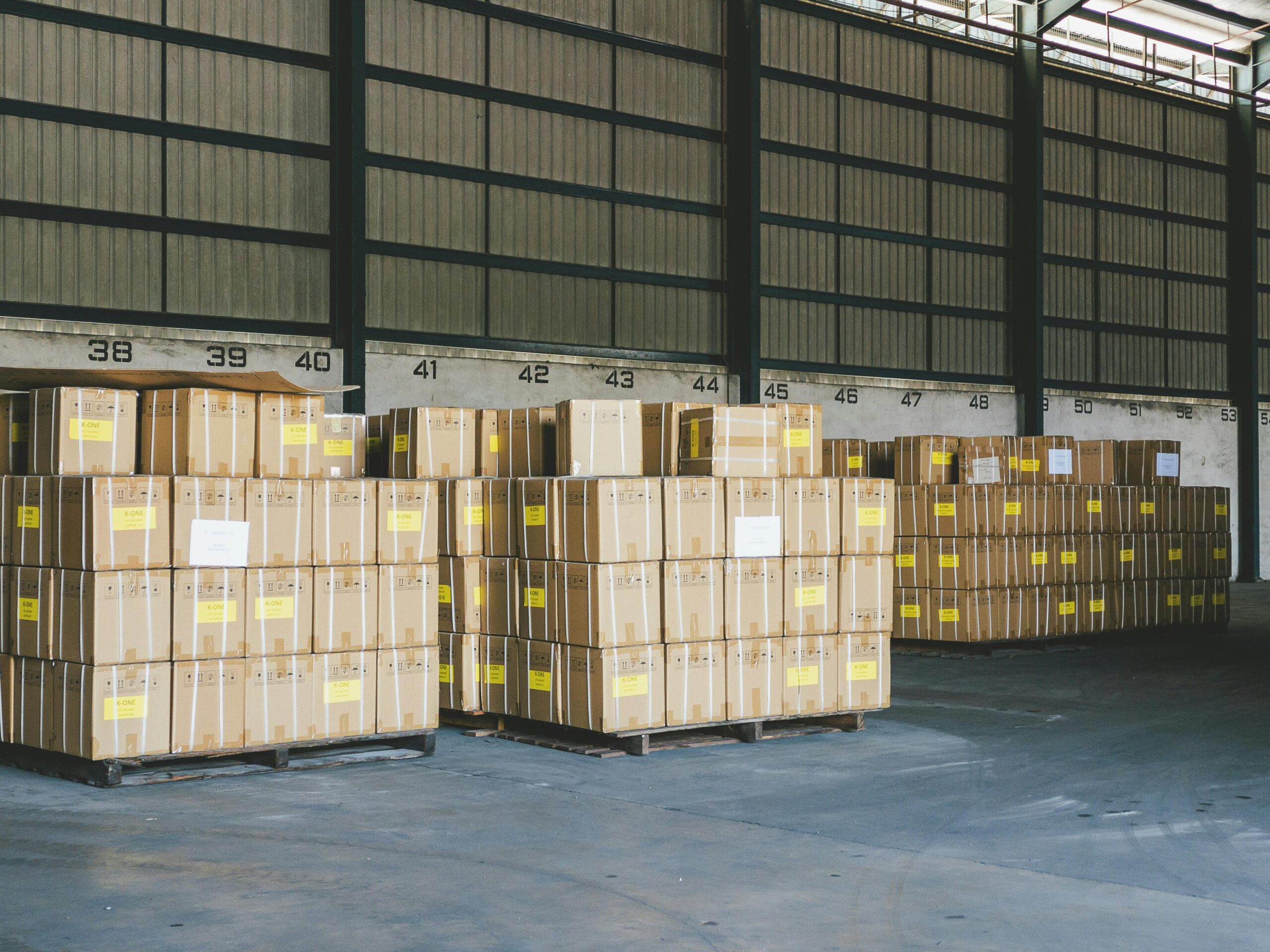Table of Contents
Year-end inventory is a crucial part of business operations, especially for marinas, boatyards, and marine service shops. Accurate inventory records not only ensure smooth operations but also help you prepare for tax season, optimize stock levels, and identify growth opportunities. With DockMaster’s robust inventory management tools, businesses can simplify their year-end processes and set themselves up for success in the new year.
This guide explores how DockMaster streamlines year-end inventory, offering tips and best practices to make the process efficient and stress-free.
Why Year-End Inventory Matters
Performing a thorough year-end inventory isn’t just about tallying up stock—it’s about gaining insights into your business operations and preparing for future success. Here’s why it’s important:
-
Tax Compliance: Accurate inventory records are essential for calculating taxable income and meeting regulatory requirements.
-
Stock Optimization: Reviewing inventory helps identify overstocked or understocked items, reducing waste and improving cash flow.
-
Planning and Forecasting: Understanding past inventory trends helps make better purchasing decisions for the year ahead.
-
Customer Satisfaction: Ensuring critical parts and supplies are available improves service delivery and customer trust.
How DockMaster Simplifies Year-End Inventory
DockMaster’s inventory management tools are tailored to the specific needs of marine businesses, helping you streamline the year-end process with accuracy and ease.
1. Centralized Inventory Management
DockMaster consolidates all inventory data into one platform, allowing you to track stock levels, part details, and vendor information from a single dashboard.
- Key Benefit: Eliminates the need for manual tracking, reducing errors and saving time during the busy year-end season.
2. Real-Time Stock Updates
With DockMaster, your inventory is updated in real-time as parts are ordered, sold, or used in service jobs. This ensures that your year-end inventory reflects actual stock levels without the guesswork.
- Example: A marine service shop can immediately see which parts are running low and adjust reorder levels before the busy spring season.
3. Automated Reporting
DockMaster generates detailed inventory reports, providing insights into stock turnover rates, valuation, and usage. These reports are invaluable for year-end financial analysis and planning.
- Key Benefit: Quick access to accurate reports saves hours of manual calculations and ensures compliance with tax requirements.
4. Barcode Scanning Integration
For businesses with large inventories, DockMaster supports barcode scanning to expedite physical counts. This technology reduces errors and speeds up the inventory process.
- Example: A marina can scan part numbers on-site during their physical inventory, instantly updating DockMaster with accurate counts.
Best Practices for Year-End Inventory
DockMaster’s tools are most effective when combined with these inventory management best practices:
1. Plan Ahead
Set a schedule for your inventory count and communicate it to your team well in advance. Assign specific roles to ensure the process runs smoothly.
- Tip: Use DockMaster’s task management features to assign inventory-related tasks and deadlines.
2. Conduct a Physical Count
While DockMaster keeps your inventory updated, a year-end physical count is essential for reconciling discrepancies and ensuring accuracy.
- Pro Tip: Use DockMaster’s barcode scanning integration for faster, error-free counts.
3. Review Inventory Records
Compare your physical counts with DockMaster’s digital records. Investigate and resolve discrepancies to ensure your inventory is accurate going into the new year.
4. Identify Overstocked or Slow-Moving Items
Run DockMaster’s inventory turnover reports to identify items that aren’t selling. Consider offering discounts or promotions to clear out excess stock.
- Example: A boatyard can discount outdated parts to make room for new inventory aligned with upcoming trends.
5. Optimize Reorder Levels
Based on your year-end analysis, update minimum and maximum stock levels in DockMaster to avoid overstocking or stockouts.
Advantages of DockMaster’s Year-End Inventory Tools
Using DockMaster for your year-end inventory provides significant advantages, including:
-
Increased Accuracy: Automated tracking and real-time updates reduce errors.
-
Time Savings: Features like barcode scanning and automated reporting streamline the process.
-
Better Decision-Making: Detailed reports provide actionable insights to optimize stock levels and reduce costs.
-
Improved Compliance: Organized inventory records make tax filing easier and stress-free.
Start the New Year Strong with DockMaster
Year-end inventory doesn’t have to be a daunting task. With DockMaster’s advanced inventory management tools, marine businesses can handle their inventory processes with confidence and ease. From centralized data tracking to real-time updates and automated reports, DockMaster equips you with everything needed to close out the year efficiently and prepare for success in the year ahead.
About DockMaster
DockMaster is a leading provider of marine management software, offering comprehensive solutions for marinas, boatyards, and marine service shops. With a focus on efficiency, accuracy, and customer satisfaction, DockMaster helps businesses streamline operations and achieve long-term success.
